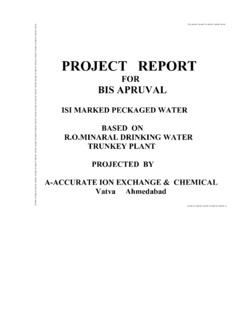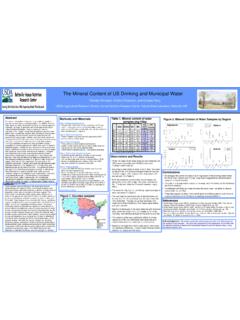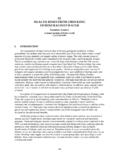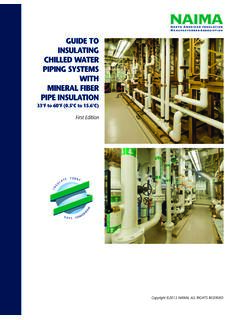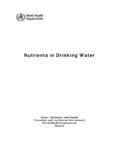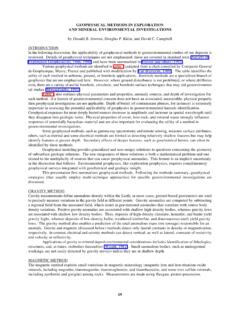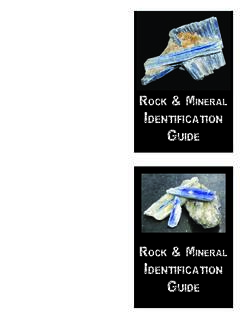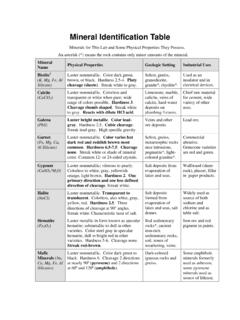Transcription of Mineral ID chart - The Happy Scientist
1 Common Mineral Identification ChartCopyright 2011 Robert Krampf. All Rights Reserved. t scratch glassWill scratch glassStreakCleavage/FractureOther PropertiesMineralBlack1-CleavageGreasy feel,writes on paperGraphiteScratched byfingernailScratched bypennyBlack3-CubicCleavageBright silver, heavyGalenaUsesPencil lead , steel making, lubricantLead oreGray to BlackRough Fracture Peacock ore Bronze color tarnishes to bright blues and oreGreenish BlackRough FractureSofter and darker yellow than pyrite. ChalcopyriteCopper BlackRough Fracture Fools Gold , Brassy yellow. Often forms cubic crystalsPyriteProduction of sulfuric acid6 BlackRough Fracture Lode Stone , Magnetic. MagnetiteIron ore6 Rust RedRough FractureCan also be nonmetallic. Color ranges from bright silver to brick red. HematiteIron ore, jewelry6 Copyright 2011 Robert Krampf. All Rights Reserved.
2 , Non-MetallicLusterStreakCleavage/Fractur eOther PropertiesMineralWhite1-CleavageEarthy or pearly luster. Soapy l cScratched byfingernailScratched bypennyYe l l o w BrownEarthyFractureEarthy luster, yellow to almost black. Technically not a Mineral , as it lacks a crystalline powder, paints, ceramicsIron oreWhite1-GoodCleavageVitreous to earthy lusterGypsumPlasterWhite3-CubicCleavageD issolves in water , salty tasteHalitetable saltHardness11 to apart in thin, transparent sheetsMuscoviteInsulation2 White3-PerfectCleavageVitreous luster. Breaks into rhombohedrons. Fizzes in dilute HCl. CalciteCement3 White1-CleavageBaritePaints, oil drilling lubricant3 Won t scratch glassYe l l o w6-CleavageResinous luster, SphaleriteZinc luster, commonly purple, green, yellow, or clear. FluoriteFluorine for toothpaste, Steel making4 WhiteFractureVitreous or earthy luster, ApatitePhosphate for fertilizer5 Copyright 2011 Robert Krampf.
3 All Rights Reserved. PropertiesMineralNone2 Good CleavageSmooth cleavage planesOrthoclaseNone2 Good CleavageStriations on cleavage planesPlagioclaseUsesceramics, porcelainceramicsNoneUneven FractureVitreous to resinous lusterGarnetAbrasives, gemstoneNoneConchoidal FractureVitreous luster, six sided crystals, Quartzglass, source of siliconHardness666 - FractureVitreous luster, crystals have strong striations running FractureOften forms cross shaped crystal twinsStaurolitejewelry7 Will scratch glass
